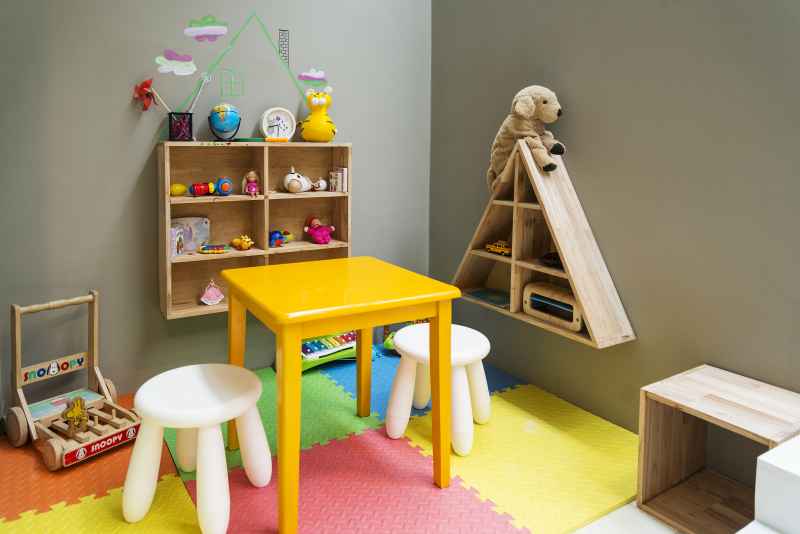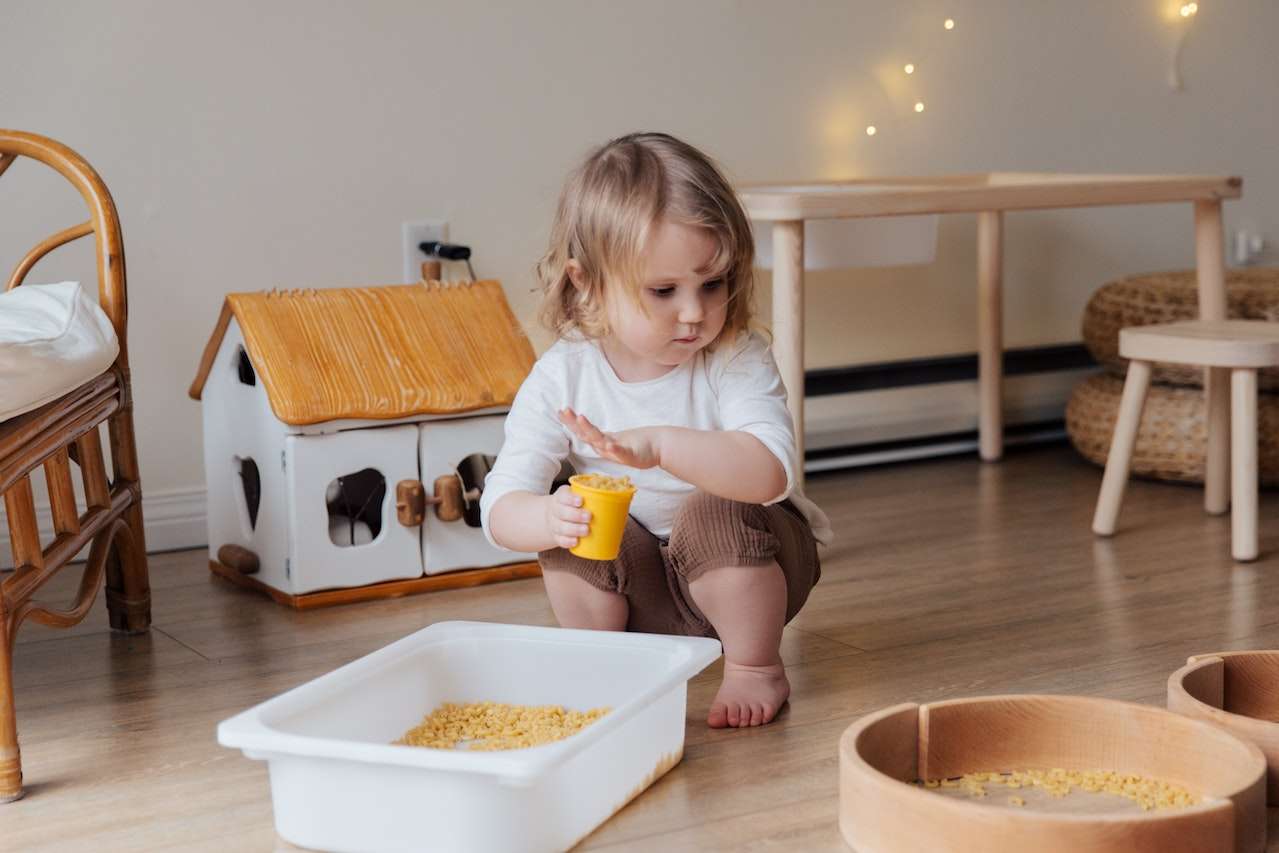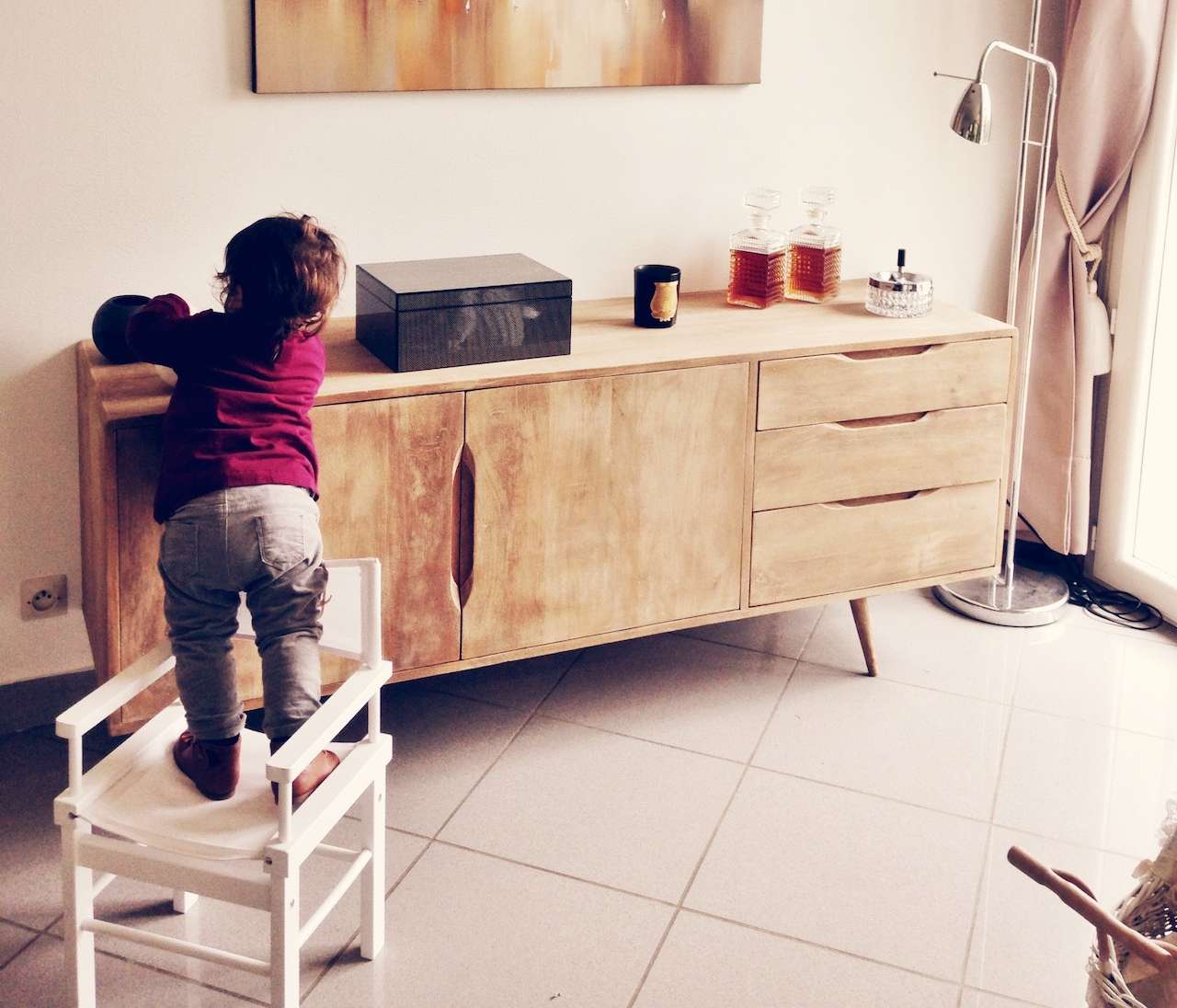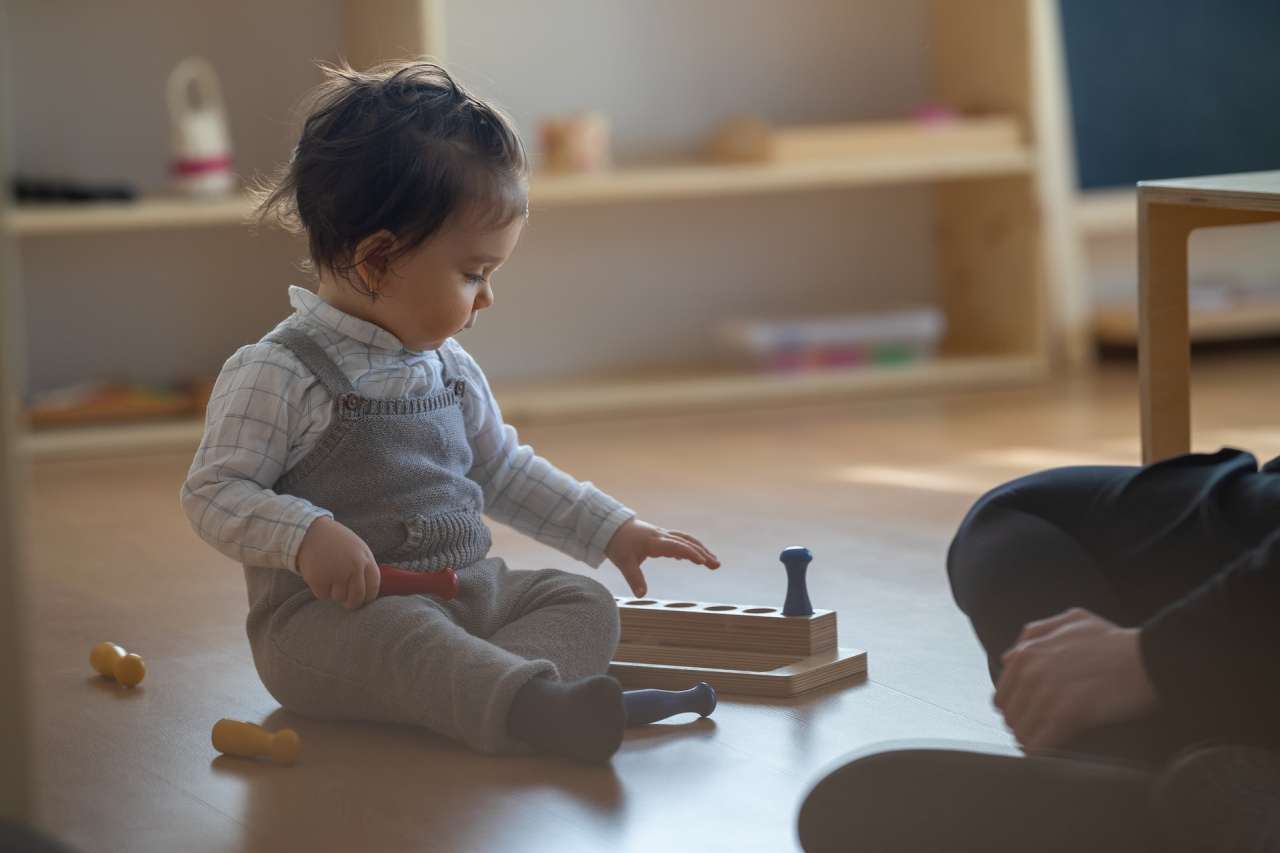Let’s face it, becoming a vigilant parent of a tiny toddler can be fulfilling but seldom overwhelming and exhausting.
Children during the initial six years of their lives pass through myriad changes both physically and emotionally.
In fact, during the initial stages of development, your toddler is reaching major milestones and trying to make sense of the world that surrounds them.
Due to all the excitement, social interactions, and overload of sensory stimuli, toddlers can often experience confusion and disorientation.
We are all aware of the tantrums and emotional outbursts toddlers are capable of throwing time and again.
Toddlers have the capability of going from calm and tranquil to full-blown tantrum mode at a drop of a hat.
It can be hard for a parent to control their child during times of distress and emotional meltdowns.
Unfortunately taking a deep breath or counting down from 10 in circumstances like those doesn’t really work for your toddler.
This is where the calming corner comes to your aid. Consider the calming corner to be a parent’s best friend. Calming Corners is a great way of allowing your child to relax, settle down, and develop emotional resilience.
If you are a parent who is in search of effective methods to help moderate, simmer down, and control your child’s emotional outbursts, creating a calming corner might be the right approach for you.
To help you create a calming corner for your tiny toddler, here is everything you should know about Calming Corners.
What is a Calming Corner?
Whether your toddler is going through the developmental phases of terrible twos, troublesome threes, or curious fours, being a toddler parent can be a tough task.
Toddlers due to an overload of sensory stimuli and social circumstances are prone to throwing tantrums and emotional outbursts.
Often parents misinterpret these outbursts as undesirable social cues and put their tiny troublemaker into time out, which can often make matters worse.
It is important to note that a calming corner or a calm-down corner is different from a time-out zone.
These corners are a safe space where the child can go in order to calm down and relax when their emotions go out of control.
A Calming corner is essentially a space where your child can go to pause, reflect, and reset their thoughts and behavior.
Calming Corners are generally a space free from unnecessary stimuli where the child can indulge in non-stimulatory activities to bring down their excitement levels.
What does a Calming Corner Look Like?
A calming corner is a safe, relaxing, and positive space for the child which is free from all the shame, blame, and pain.
This space is ideally meant for instances where the child experiences uncontrollable emotions and helps the child release their emotions in a healthy, controlled, and safe manner.
The Main aim of a calming corner is to keep the child away and distracted from stimuli, noises, and other negative emotions.
Your calming corner can be as simple as a big space with a soft mat and some activity books, or it can be as extravagant as a colorful fort with different toys for sensory development.
Calm Down Corner Ideas


What are the benefits of a calming corner?
No one is born with the ability to cope with emotional distress or effectively manage their emotions.
Toddlers do not misbehave and throw tantrums unnecessarily, in fact, these outbursts are a result of a lack of necessary skills required to assess emotionally challenging situations.
A calming corner is a safe space where your child can go to reset and reflect during a time of emotional crisis and distress.
Setting up a calming corner at home or in a classroom can help toddlers develop the requisite skills to manage their emotions.
There are myriad benefits a calming corner can provide to your child that also act as an alternative to traditional disciplinary methods.
To help you determine whether or not you should create a calming corner for your child, here is a list of some of the benefits a calming corner provides:
1) Helps develop emotional resilience and emotional intelligence:
Emotional resilience refers to the ability to respond appropriately to stressful or unexpected situations.
Emotional Intelligence on the other hand refers to the ability to recognize one’s feelings, empathize, and use this information to determine how to appropriately behave and think.
A calming corner is a safe space that integrates tools and activities that help your child self-regulate their emotions and practice skills integral to the development of emotional intelligence.
A calming corner is a great way to redirect the child’s negative emotions toward purposeful activities.
2) Allows children to understand negative emotions:
Although unpleasant and often distressing, negative emotions are a normal part of one’s life.
It is imperative for the child to understand that these negative emotions no matter how unpleasant are normal.
During times of emotional crisis, you should never make your child feel ashamed for having negative emotions, instead, you should let the child know it is okay to feel this type of way every now and then.
A calming corner can help your child recognize that negative emotions are natural but certain reactions to these emotions are not.
3) Provide Balance and Structure:
Children especially during their initial stages of development need balance and structure.
Setting up different areas in the home environment for activities, purposes, and routines is a great way of implementing balance and structure in a child’s life.
Just like any other area to perform activities, a calming corner gives the child a safe space to redirect their negative emotions.
4) Allows the child to reflect on their actions:
While letting the child know making mistakes is okay, prompting them to learn from those mistakes is equally important if not more.
A calming corner gives children ample opportunities to reflect on their behavior, assess their negative emotions, and recognize their mistakes.
Once the child has calmed down you can follow up with conservations explaining the impact of their actions.
Developing an understanding of how their behavior impacts others is integral for developing emotional intelligence in children.
When can you use a Calming corner?
Calming Corners is an effective way of allowing your child to manage their negative emotions during times of emotional distress.
Although efficient and effective at what they do, it can be quite perplexing for parents to determine when exactly they can implement a calming corner at their home.
To help you find the right time to implement the calming corners to help diffuse your toddler’s emotional outbursts, here are some instances where you can enlist the calling corner:
Before the situation can escalate:
You can implement the calming cougar before the situation can escalate in order to diffuse the situation.
As a parent, it is your responsibility to identify signs of distress in your child through their body language and mannerisms.
Telltale signs of an agitated child can be clenching of the jaw, shouting, tight fists, or throwing things.
A calming corner is a safe space and inviting place for the child, where they can go when they are feeling disgruntled or dysregulated.
Redirecting their mind to prevent willful disobedience:
Calming corners can be an effective alternative to traditional timeouts that can over-agitate the child.
Calming corners provide children with appropriate sensorial stimuli to divert and redirect their minds from their negative emotions.
When your child thinks its right:
One of the major benefits of a calming corner is that it trains the child to develop skills like self-confidence, emotional resilience, and self-insight to manage their emotions.
When implemented correctly, children can use the calming corner on their own terms to redirect and divert their emotions.
What to remember when creating your very own calming corner?
If you have decided to create a calming corner for your toddler in your home environment, there are certain points you should keep in mind prior to setting up.
Here are a few key points to remember before setting up a calming corner for your child:
Involve your child:
It is important to involve your child in the process of creating a calming corner and value their input and ideas.
This is the best way to accommodate the individual needs and requirements of your tiny toddler to make them feel comfortable.
Allow your child to learn:
It is best to refrain from promoting your child to learn through assumptions, instead, you should teach your child to use every material and activity in their calming corner.
Allowing your child to learn about the materials in the calming corner will set them up for success.
Maintain Consistency:
Adapting to a calming corner will take a lot of time, consistency, gentle guidance, and rigidity in terms of rules.
It is important to maintain consistency in terms of maintaining the calming corner to promote the child to manage their negative emotions.
Lay Down Boundaries:
Involving the child in setting up boundaries and rules for the calming corner will help them gain a sense of confidence, sense of control, and responsibility.
What can you include in the Calming Corner for your toddler?
A calming corner should be a space where the child comfortably redirects their negative emotions during a time of emotional crisis or distress.
Hence, a calming corner should involve items or activities that promote sensory stimulation in order to entertain and engage the child.
Here are some materials you can include in your calming corner to help your toddler regulate and manage their emotions:
- Blankets and pillows
- Comfortable rug or mat
- Activity books and reading books
- Stress balls
- Bubble wrap
- Bean bag chair
- Fidget spinner
- A pinwheel with images to regulate breathing
- A diary or journal
- Art supplies
- Mindful Minute activities
Resources:
https://www.parents.com/toddlers-preschoolers/discipline/how-to-create-a-calm-down-corner-at-home/
https://www.learningresources.com/blog/cozy-calm-down-corner-for-2-4-year-olds


